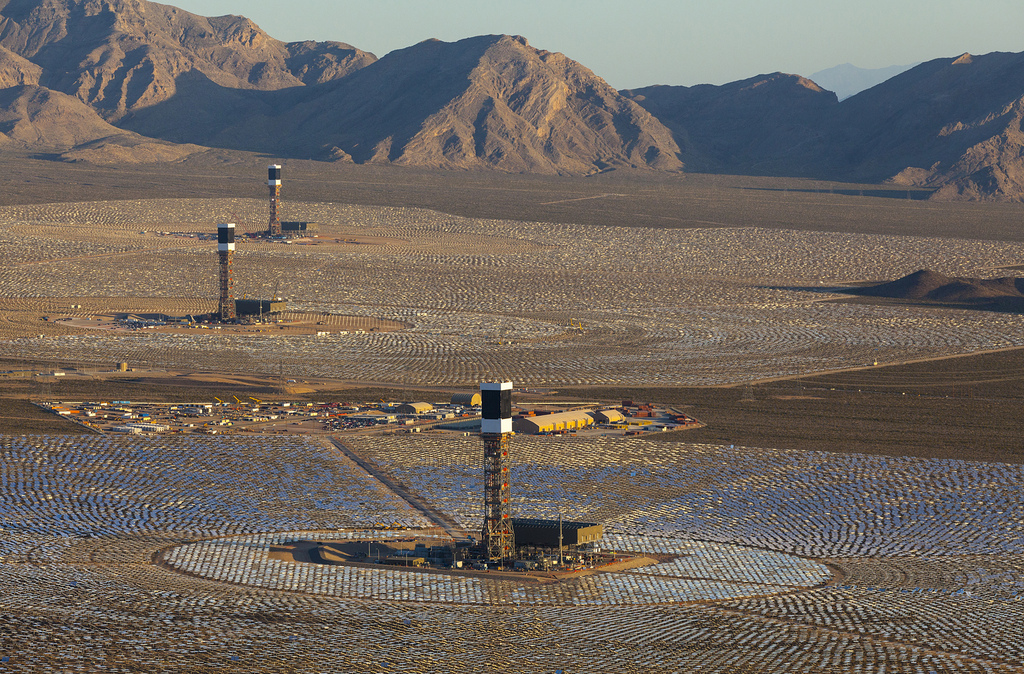Business
California Mega Solar Power Plant Fails After $2 Billion Invested

The Ivanpah Solar Power Facility, a high-profile solar energy project backed by over a billion dollars in U.S. federal loans, is preparing to shut down two of its three units. Energy experts have criticized the project, calling it a “financial failure.”
While opponents see Ivanpah as an example of wasted government spending, the pioneering projects’ role in advancing renewable energy merits acknowledgement.
In 2011, the U.S. Department of Energy (DOE) under the Obama administration provided $1.6 billion in loan guarantees to fund Ivanpah. The facility, comprised of three solar thermal power plants in California, was hailed as a step towards establishing the U.S. as a global leader in solar energy. Then-Energy Secretary Ernest Moniz praised it as a symbol of progress in the renewable energy sector.
At the time, enthusiasm for green energy investments ran high. In the mid-2000s, government funding and private investors poured significant resources into projects promising sustainable energy solutions. Ivanpah embodied this optimism, aiming to deliver clean, sun-powered electricity on a large scale.
More than a decade later, the project is set to decommission two of its three units. The plant consistently underperformed, failing to meet energy production targets and requiring natural gas to operate reliably. Its main customer, Pacific Gas & Electric (PG&E), terminated its power purchase agreement 14 years early, citing the need to reduce consumer costs.
Solar Power Energy
Critics argue the plant faced financial and environmental challenges, including harm to wildlife in the Mojave Desert. Operators plan to shut down the units in early 2026, and discussions are underway about repurposing the site for photovoltaic solar power.
Ivanpah isn’t an isolated case. The Ashalim solar thermal plant in Israel also struggled to meet expectations, proving too expensive to compete with modern photovoltaic technology. Similarly, MASDAR City in the United Arab Emirates, which is envisioned as a fully sustainable urban centre, has fallen short of its ambitious goals and remains sparsely populated.
Ivanpah’s challenges are tied to BrightSource Energy, the Israeli-founded company behind the solar thermal technology used in the facility. This same technology was later implemented in Ashalim, Israel’s Negev Desert. Both projects have faced issues with cost-effectiveness, efficiency, and environmental impact, highlighting the difficulties in scaling solar thermal technology.
Although Ashalim is still operational under EDF Renewables, it is running at a financial loss. Globally, over 25 similar solar thermal towers are installed in countries like China, Spain, Morocco, and the U.S. However, only one in the UAE exceeds the tower’s height in Ashalim.
An Israeli business publication, Calcalist, described Ashalim as a “disheartening chapter” in the country’s infrastructure development. Others note that the higher cost of the plant’s energy is barely noticeable to consumers, as expenses are spread across millions of users connected to the national grid.